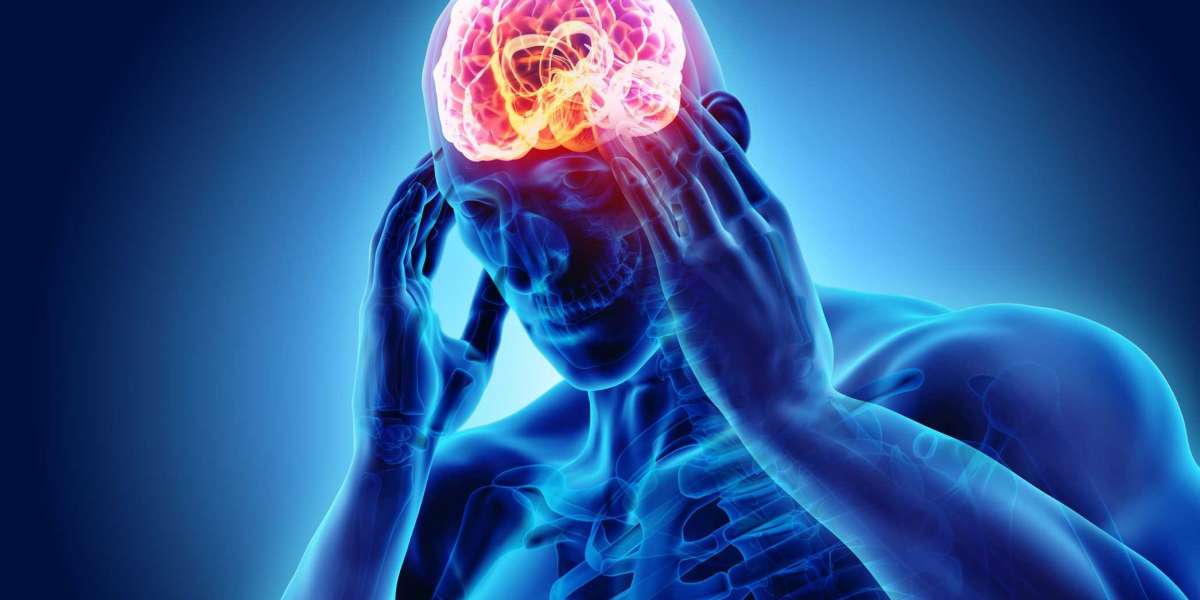Introduction:
Anxiety, often described as the silent tormentor, serves as a veil that cloaks layers of unseen suffering beneath its surface. In this article, we delve into the intricate relationship between anxiety and the hidden pain it conceals, exploring how this complex interplay manifests in the lives of individuals and shapes their experiences.
The Structure of Anxiety
Anxiety is more than just a passing feeling of worry or apprehension; it is a pervasive and often debilitating mental health condition that affects millions worldwide. At its core, anxiety is characterized by excessive and irrational fear, triggering a cascade of physiological and psychological responses. From generalized anxiety disorder (GAD) to panic disorder and social anxiety disorder, anxiety manifests in various forms, each with its own unique challenges and manifestations.
Unseen Layers of Suffering:
Beneath the surface of anxiety lies a multitude of unseen layers of suffering, ranging from past traumas and unresolved emotions to chronic stress and existential dread. These hidden wounds, invisible to the naked eye, exert a profound influence on individuals' thoughts, emotions, and behaviors, shaping their perception of themselves and the world around them.
One of the most insidious aspects of anxiety is its ability to mask underlying pain, diverting attention away from the root causes of distress and focusing instead on the symptoms. Many individuals struggling with anxiety may be unaware of the deeper layers of suffering lurking beneath the surface, leading to a cycle of avoidance and suppression that only serves to perpetuate their distress.
The Intersection of Pain:
Anxiety and pain share a symbiotic relationship, with each exacerbating the other in a vicious cycle of distress. Physical or emotional chronic pain can be a powerful inducer of anxiety, resulting in elevated levels of tension and fear. Conversely, anxiety can amplify the perception of pain, making it feel more intense and unbearable.
This intersection of anxiety and pain is evident in conditions such as fibromyalgia, where individuals experience widespread musculoskeletal pain alongside symptoms of anxiety and depression. Anxiety can arise from the fear of pain itself, which can then trigger avoidance behaviors that exacerbate the distressing cycle. Moreover, the physiological arousal associated with anxiety can exacerbate physical pain, creating a feedback loop of suffering that is difficult to escape.
Unmasking the Hidden Pain:
In order to address the hidden pain concealed by anxiety, it is essential to peel back the layers of the veil and confront the underlying wounds. This process begins with self-awareness and introspection, allowing individuals to identify and acknowledge the sources of their suffering. Therapy, particularly approaches such as psychodynamic therapy and trauma-informed care, can provide a safe and supportive space for exploring these deeper layers of pain and working through unresolved issues.
Mindfulness practices, such as meditation and deep breathing exercises, can also help individuals cultivate greater awareness of their thoughts and emotions, allowing them to observe the patterns of suffering that lie beneath the surface of anxiety. By developing a compassionate and nonjudgmental attitude towards their pain, individuals can begin to heal the wounds that have been hidden for so long.
Therapy and Administration:
Effective treatment of anxiety requires a multidimensional approach that addresses both the symptoms and underlying causes of distress. One popular intervention that assists people in recognizing and challenging maladaptive thought patterns and behaviors is cognitive-behavioral therapy, or CBT. Cognitive behavioral therapy (CBT) attempts to correct misguided beliefs and reduce symptoms of anxiety by means of exposure therapy and cognitive restructuring.
In addition to therapy, medication may be prescribed to help manage anxiety symptoms, particularly in cases of severe or persistent anxiety. Antidepressants that are frequently used to treat depression and anxiety include selective serotonin reuptake inhibitors (SSRIs) and serotonin-norepinephrine reuptake inhibitors (SNRIs). While benzodiazepines can be prescribed to treat acute anxiety symptoms in the short term, long-term use of these drugs is generally not advised due to the possibility of tolerance and dependence.
Conclusion:
Pain serves as a veil that conceals layers of unseen suffering beneath its surface, perpetuating a cycle of distress that can be difficult to escape. By understanding the complex interplay between anxiety and the hidden pain it conceals, we can begin to unravel the knots of suffering that bind us and find relief from the grip of fear and distress. Through self-awareness, therapy, and compassionate self-care, we can peel back the layers of the veil and reclaim our lives from the shadows of anxiety.




